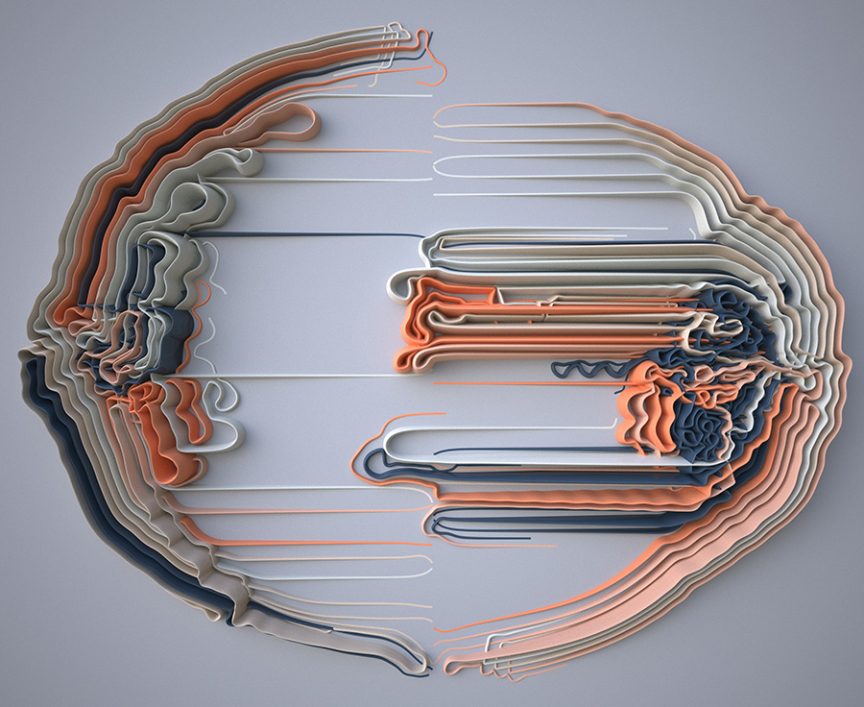Name: Giuseppe Randazzo
Which came first in your life, the science or the art?
My position is explicit in the motto of my web site: “… in a Quantum Superposition between Art and Science.” It’s impossible for me to decide on one or the other. Therefore, I exist in a constant superposition where science and art overlap. For me, this is the only way possible, but altogether it is not completely true. Why? Because, I feel very clearly and deeply that science should come first.
Science exists outside human culture. Often, scientific observations negate our most diffuse convictions and challenge our minds in ways that are much stronger than the mundane assertions made through art. Science is about problems – well defined questions and rock solid issues – like the evolution of the Standard Model. So beautiful in its achievements and so ugly for the missing pieces that it doesn’t solve.
For me, art comes from the inside and it is imbued in our culture. At its core, the idea of beauty in art (though this is not so true for contemporary art) has also plagued science. Therefore, I don’t know what to stay, but if I was on a desert island I’m sure I would need science more than art!

Meander 11

Meander 7
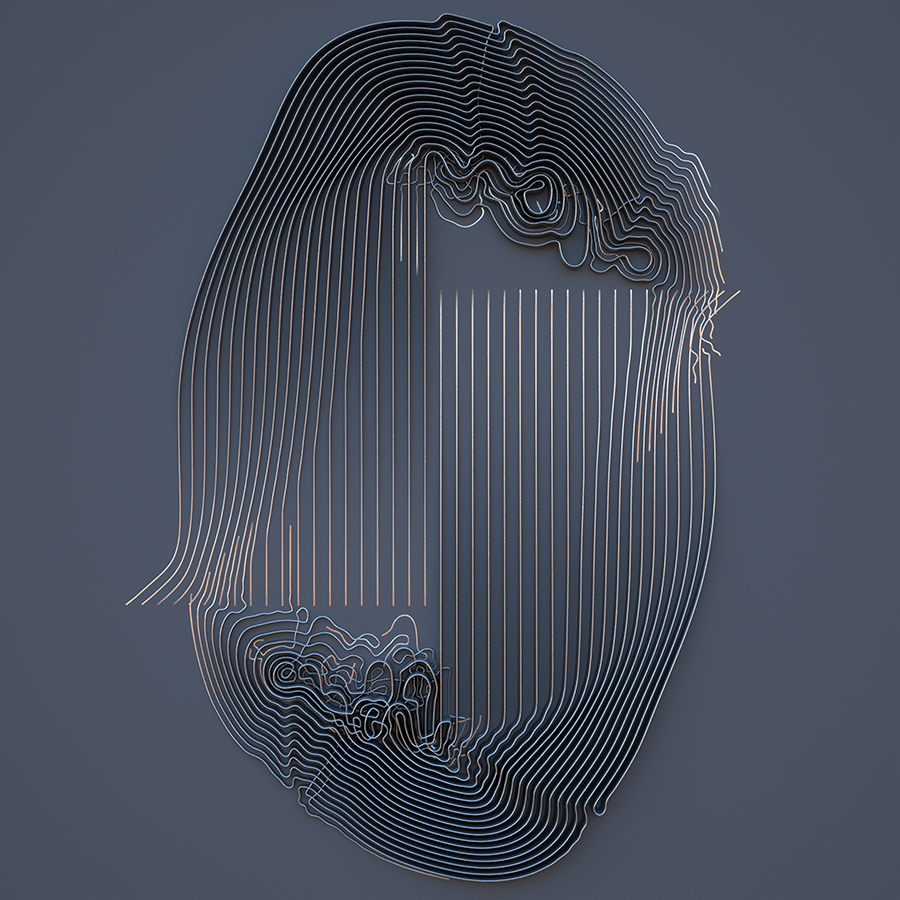
Meander 13
Which sciences relate to your art practice?
First of all I’m a designer and design is a kind of “problem solving.” I never forget this assumption. Design should be like science with a certain grade of beauty guiding decisions made. Beauty in a mathematical sense is simplicity, concision, and meaningfulness. I am a coder, but I love to think and draw by hand as well. In each piece I try to find a clear concept. With code I try to mimic natural processes: growth, packing, behaviours, and so on. For me geometry came first: 2D and 3D geometry, plane/line intersections, transformation matrices, vectors, surfaces, splines, nurbs, but also data and specifically large database handling. Geometry more than abstract mathematics and finite-state machines (i.e. programming) are my tools.
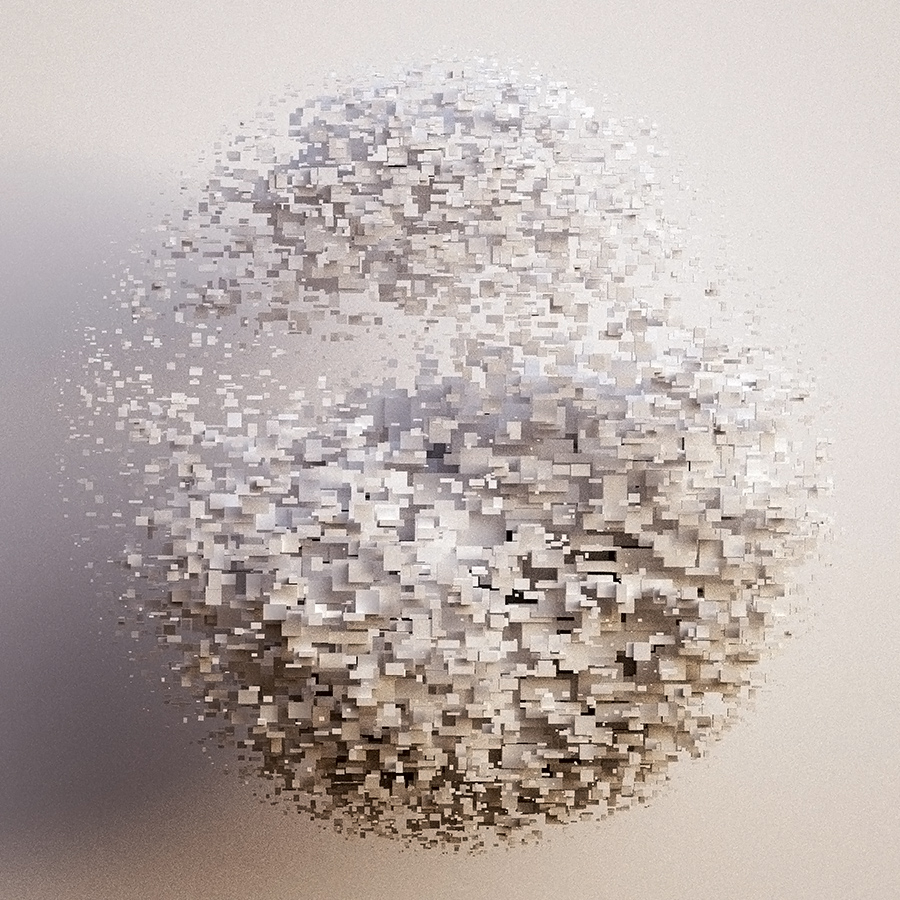
Nuclei 7

Cavitas Crux
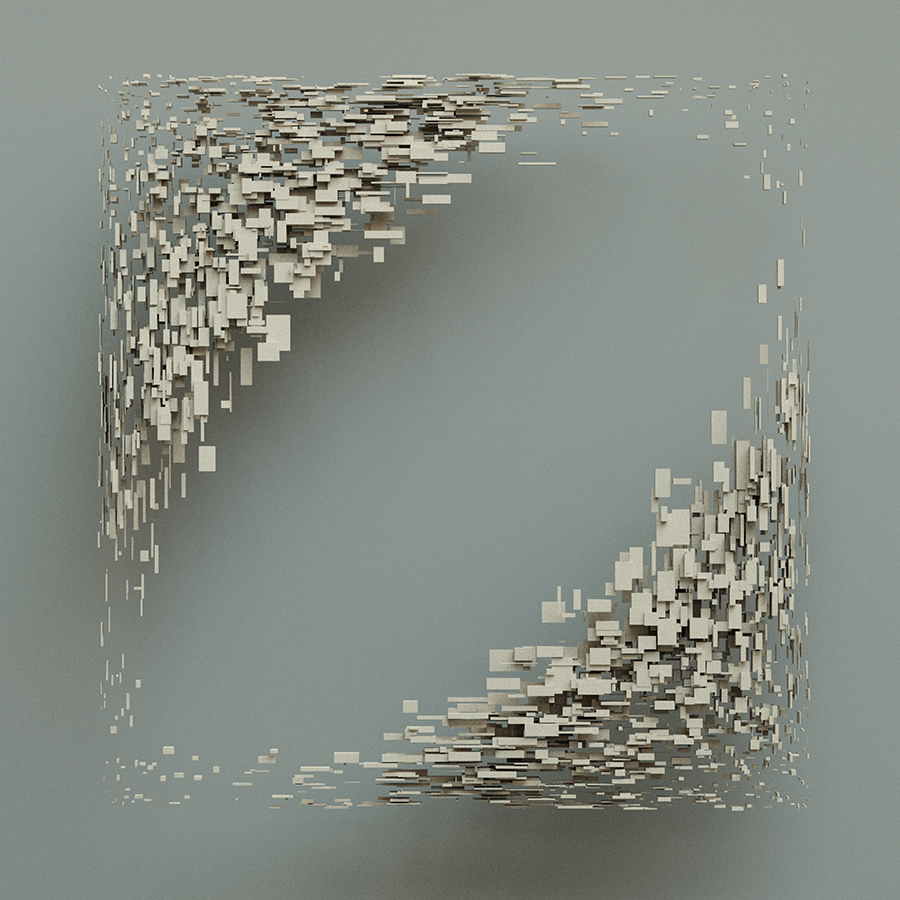
Cavitas Ellipsinside
What materials do you use to create your artworks?
I create 3D digital models that are suitable to produce renderings (prints, digital images, etc.) and physical models via 3D printing. 3D Printing is hard. I create several prototypes, but I’m dissatisfied with this current state-of-the-art technology. I have to say that the quality is not yet good enough. The polyamide is very porous and it needs a lot of paint to be stabilized. Too complicated to achieve the quality I desire. Fortunately CARBON3D has revealed a breakthrough technology to benefit end users. Currently, I am testing their product. The materials are really solid, precise, and neat, with several colour options and no need for manual finishing. Unfortunately, the maximum printable dimensions are still rather small. As a result, my work is currently “in progress.”
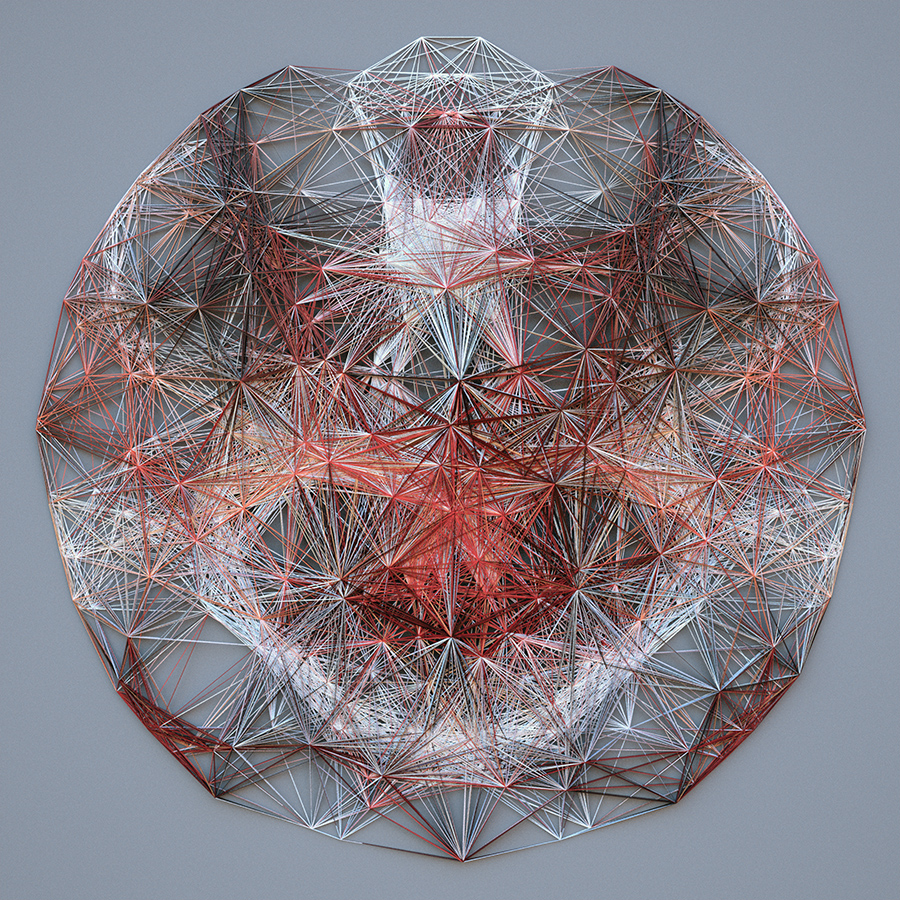
Affinities 21

Affinities 17
Artwork/Exhibition you are most proud of:
The “Stone Fields” series is my most highly regarded work so far. It has become a kind of brand for me and my work.
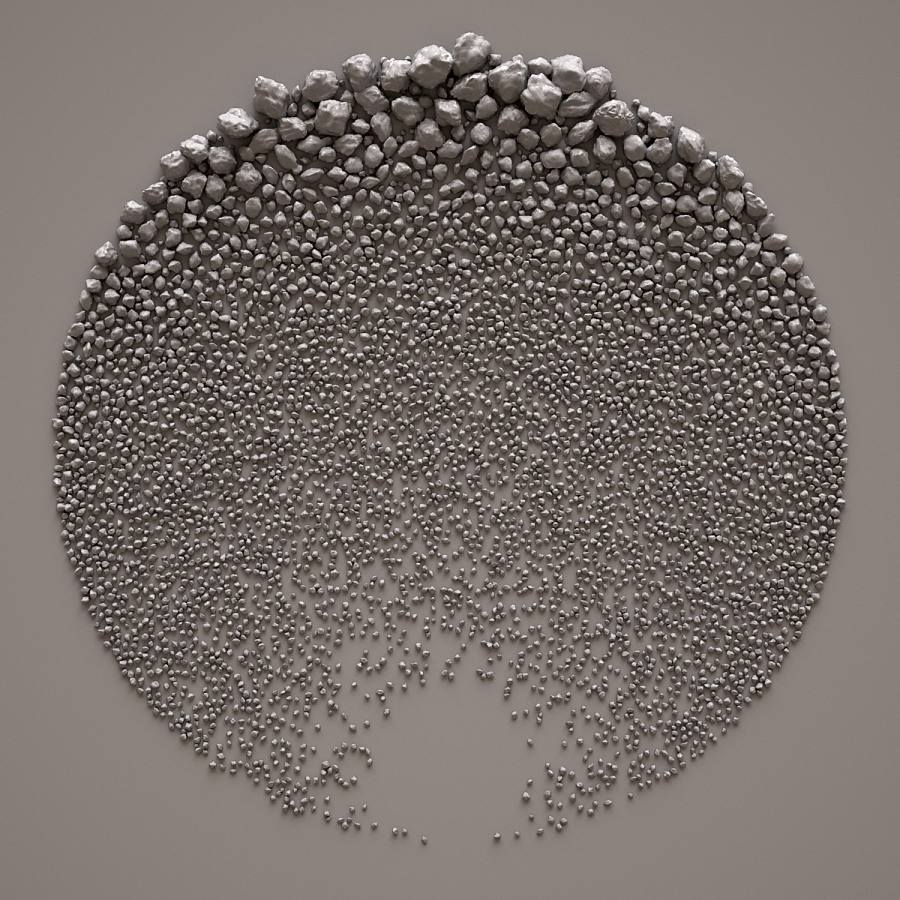
Stone Fields
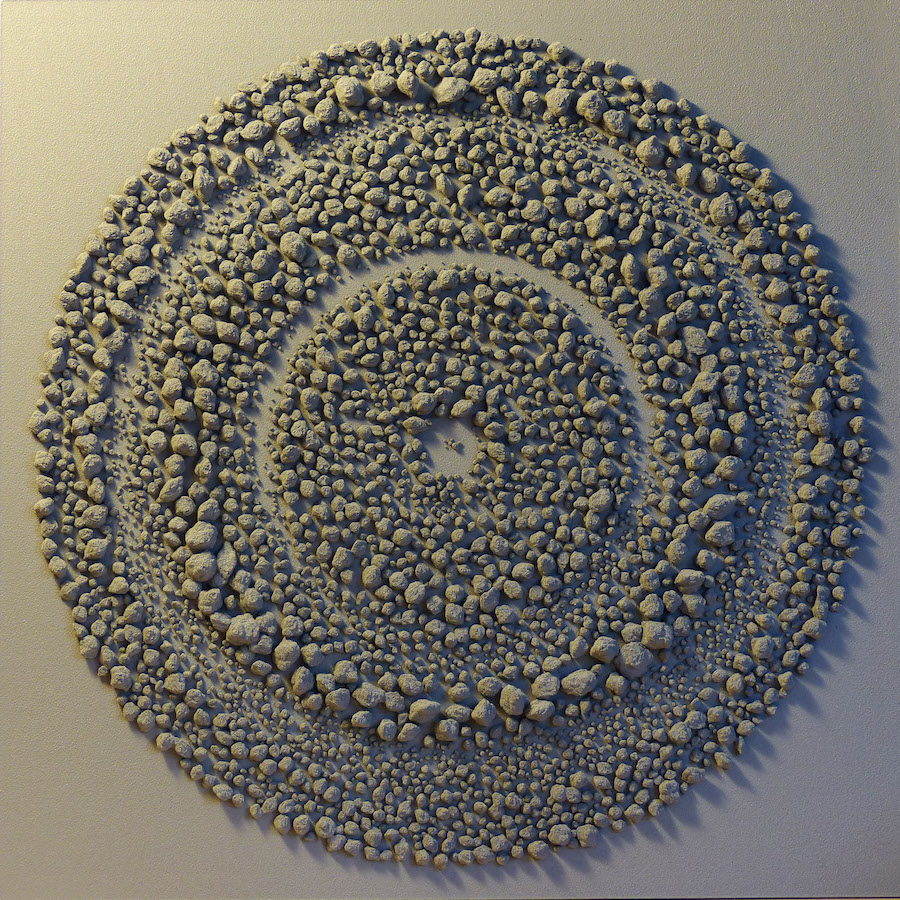
Stone Fields 3
Which scientists and/or artists inspire and/or have influenced you?
On the artists side, there are a lot that I love. Artists are heroes to me. Regarding contemporary artists, for me Olafur Eliasson stands out as one of the greatest of our age. I like his design-like attitude, his neat and deep determination that are actualized through experiences combining artificial and natural relations. As a pioneer of the digital age, I am inspired by Manfred Mohr. For his poetry and a new kind of sensitiveness about shape, I turn to Constantin Brancusi. Agostino Bonalumi, Enrico Castellani, Lucio Fontana, my heroes of the sixties for the metaphysical theme of their canvases as a portal toward a new dimensionality. Additionally, I am influenced by Richard Long for his monumentality, Jorge Oteiza for his incredibly deep little cubist sculptures, and Richard Long for his meditative events into the wild. The latter – obviously – influenced me a lot regarding Stone Fields work.
Scientists are a world apart, but they are super-heroes for me! I can briefly mention Richard Feynman and Carl Sagan both great scientists and communicators. Recently I have appreciated the work of Mark Tegmark and his book Our Mathematical Universe. Also I follow regularly many blogs about physics, like Not Ever Wrong by Peter Woit and backreaction by Sabine Hossenfelder.
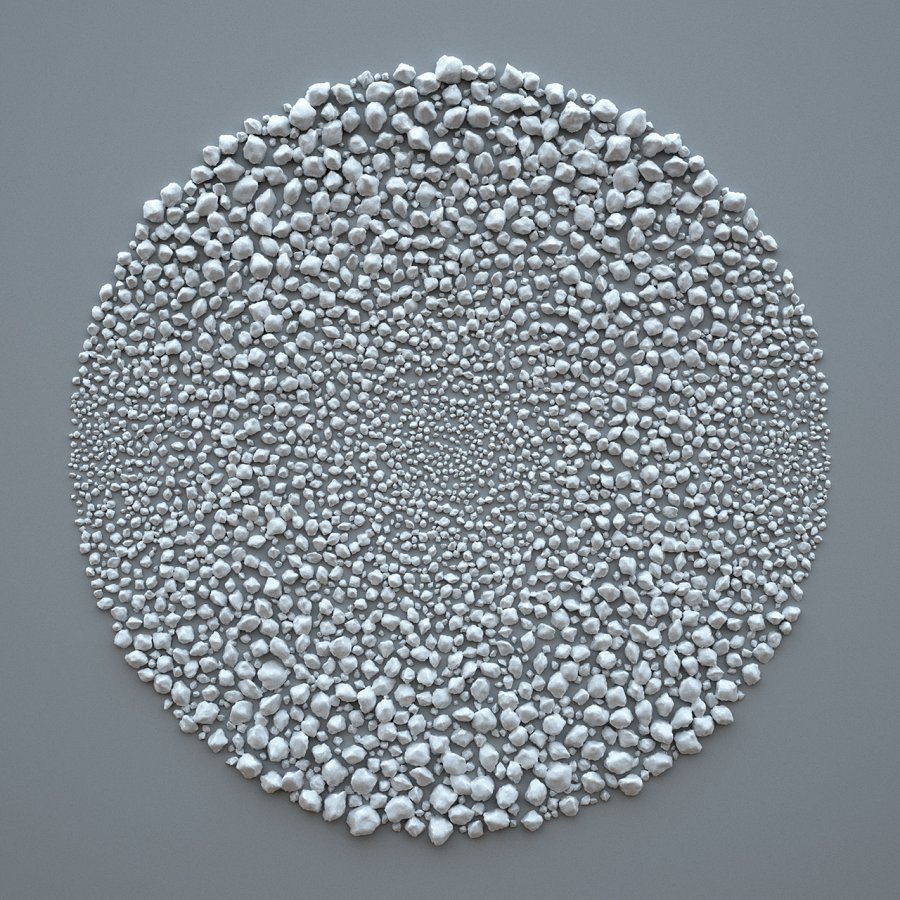
Stone Fields 5
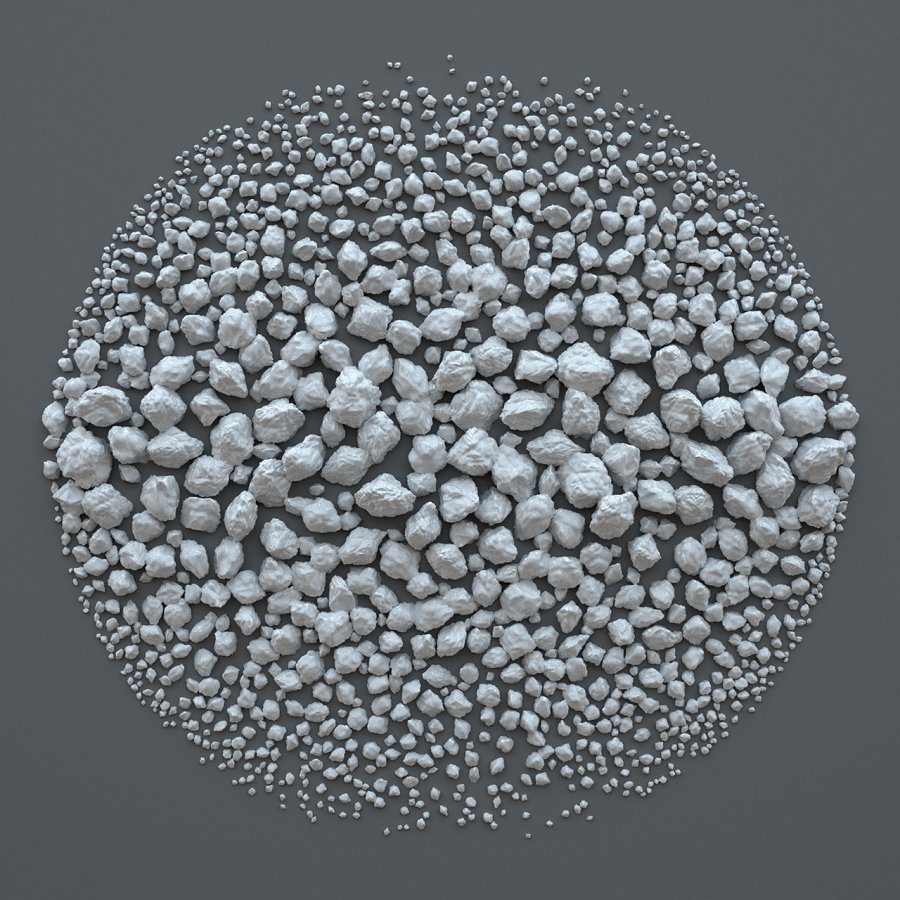
Stone Fields 4
Artist Links: Facebook, Twitter, Tumblr, Vimeo, Instagram
Share this Post

